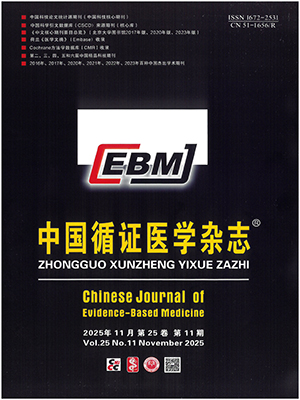Objective To investigate the relationship of resonant frequency and low frequency conductive hearing loss.
Methods Eighty- four participants were included, and tested by gold standard and resonant frequency respectively. Receiver operator characteristic (ROC) curve was used to explore the most appropriate cutoff point for diagnosing low frequency conductive hearing loss and Levene’s test was used to test the difference of the low frequency conductive hearing loss and normal hearing groups.
Results The resonant frequencies of low conductive frequency hearing loss and normal hearing groups were different. The optimum cutoff points of resonant frequency were 850Hz and 1 050Hz. The resonant frequency range from 850Hz to 1 050Hz was considered normal. The test was powerful when the resonant frequency was lower than 850Hz. The test was powerless when the resonant frequency was higher than 1 050Hz.
Conclusions Conductive hearing loss could be predicted from resonant frequency when it is lower than 850Hz. The test is powerless when the resonant frequency is higher than 1 050Hz. The resonant frequency could be affected by many factors, so ENT (ear, nose and throat) doctors and audiologists have to be careful about how to explain the results when the resonant frequency is higher than 1 050Hz.
Citation: MENG Zhao li,ZHENG Yun,WANG Kai,LIANG Chuan yu. Study of Resonant Frequency in Diagnosing of Low Frequency Conductive Hearing Loss. Chinese Journal of Evidence-Based Medicine, 2005, 05(2): 152-156. doi: Copy
Copyright ? the editorial department of Chinese Journal of Evidence-Based Medicine of West China Medical Publisher. All rights reserved




